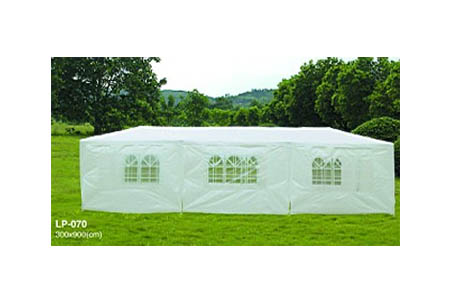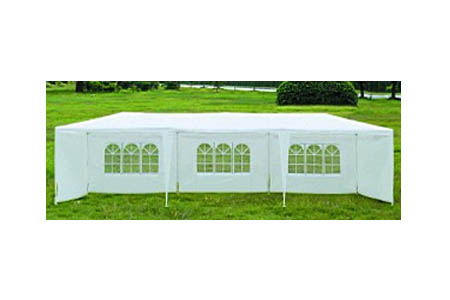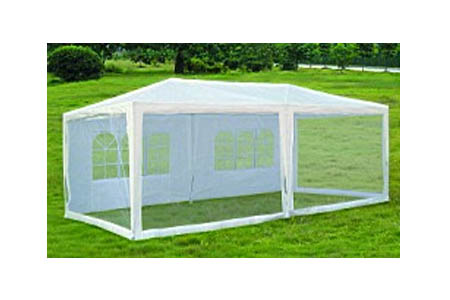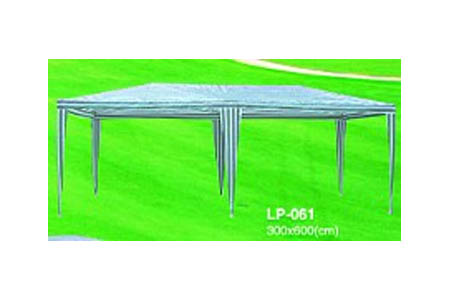China uv collapsible pop up gazebo Company
As environmental concerns continue to shape consumer choices and industry practices, the collapsible gazebo market is also being influenced by the need to minimize ecological footprints. Collapsible gazebos, known for their convenience and versatility, are increasingly being designed and produced with sustainability in mind. This article delves into how the collapsible gazebo industry is addressing environmental challenges, exploring strategies for reducing production and usage impacts and highlighting innovative approaches that contribute to a greener future.
Collapsible gazebos, while offering numerous benefits, also have an environmental impact. Key areas of concern include:
Traditional materials used in the construction of collapsible gazebos, such as synthetic fabrics and metals, can have significant environmental footprints. The production of these materials often involves resource-intensive processes and generates waste.
The manufacturing of collapsible gazebos involves several stages, including material processing, assembly, and packaging. Each stage contributes to the overall environmental impact through energy consumption, emissions, and waste production.
The lifecycle of a collapsible gazebo includes its production, usage, and eventual disposal. Products that are not designed for durability or recyclability can contribute to waste accumulation and environmental degradation.
One of the significant steps towards reducing the environmental impact of collapsible gazebos is the use of sustainable materials. Manufacturers are increasingly opting for eco-friendly alternatives that offer the same functionality while minimizing harm to the environment:
The use of recycled polyester and other repurposed materials for gazebo canopies helps reduce the demand for virgin resources. Recycled fabrics are derived from post-consumer plastic bottles or other waste materials, which helps divert waste from landfills and reduces the overall environmental footprint.
Collapsible gazebos with frames made from sustainably sourced or recycled metals, such as aluminum, contribute to a lower environmental impact. Aluminum is lightweight and durable, and when sourced responsibly, it helps minimize the ecological footprint associated with material extraction and processing.
Some manufacturers are incorporating biodegradable or compostable elements into the design of collapsible gazebos. These components break down naturally at the end of the product’s life cycle, reducing landfill waste and contributing to a circular economy.
The manufacturing process for collapsible gazebos presents several opportunities for environmental improvement:
technologies and practices to minimize energy consumption during production. This includes the use of renewable energy sources, such as solar or wind power, which can significantly reduce the carbon footprint of the manufacturing process.
Effective waste management practices are crucial in reducing the environmental impact of manufacturing. By implementing recycling programs and minimizing material waste during production, manufacturers can lower their overall ecological footprint.
Optimizing logistics and transportation to reduce emissions is another important factor. Streamlined supply chains and the use of fuel-efficient transport options contribute to lowering the environmental impact associated with product distribution.
Designing collapsible gazebos with durability and reusability in mind is essential for reducing their overall environmental impact:
Investing in high-quality materials and construction techniques ensures that collapsible gazebos have a longer lifespan. Products that are built to last reduce the frequency of replacements and decrease the amount of waste generated.
Modular designs that allow for easy replacement of parts or repairs extend the life of collapsible gazebos. Instead of discarding an entire product due to minor issues, consumers can replace individual components, thus reducing waste and promoting sustainability.
Providing clear guidance on the disposal or recycling of collapsible gazebos at the end of their life cycle helps consumers make environmentally responsible choices. Manufacturers can collaborate with recycling programs to ensure that materials are properly processed and reused.
Educating consumers about the environmental benefits of choosing eco-friendly collapsible gazebos and how to use them sustainably is also vital:
Manufacturers can provide detailed information about the environmental attributes of their products, including material sources, energy usage, and recyclability. Transparent labeling helps consumers make informed decisions.
Encouraging consumers to adopt sustainable practices, such as proper maintenance and responsible disposal, contributes to the overall reduction of environmental impact. Manufacturers can offer guidance on how to care for and extend the life of collapsible gazebos.
Engaging with community initiatives and environmental organizations helps raise awareness about the importance of sustainability in outdoor products. Collaborations and partnerships can amplify efforts to promote eco-friendly practices.
The future of collapsible gazebos will likely see continued advancements in sustainability:
Research into new, innovative materials that offer improved environmental benefits will play a key role in the evolution of collapsible gazebos. This includes developments in biodegradable materials and low-impact production processes.
Incorporating smart technology into collapsible gazebos could enhance their functionality while promoting sustainability. Features such as integrated solar panels for energy generation or sensors for optimizing usage could contribute to a greener product.
The concept of a circular economy, where products are designed for reuse, repair, and recycling, will increasingly influence the design and production of collapsible gazebos. Manufacturers will focus on creating products that fit within this model to further reduce environmental impact.
The collapsible gazebo industry is making significant strides in addressing environmental concerns, driven by a commitment to sustainable materials, energy-efficient manufacturing, and innovative design. By focusing on reducing the ecological footprint of production and usage, and by engaging consumers in sustainable practices, the industry is contributing to a greener future. As trends continue to evolve, the collapsible gazebo market is well-positioned to guide the way in environmentally responsible outdoor solutions, offering consumers functional and eco-friendly choices for their outdoor needs.


 EN
EN  English
English 中文简体
中文简体 Español
Español











